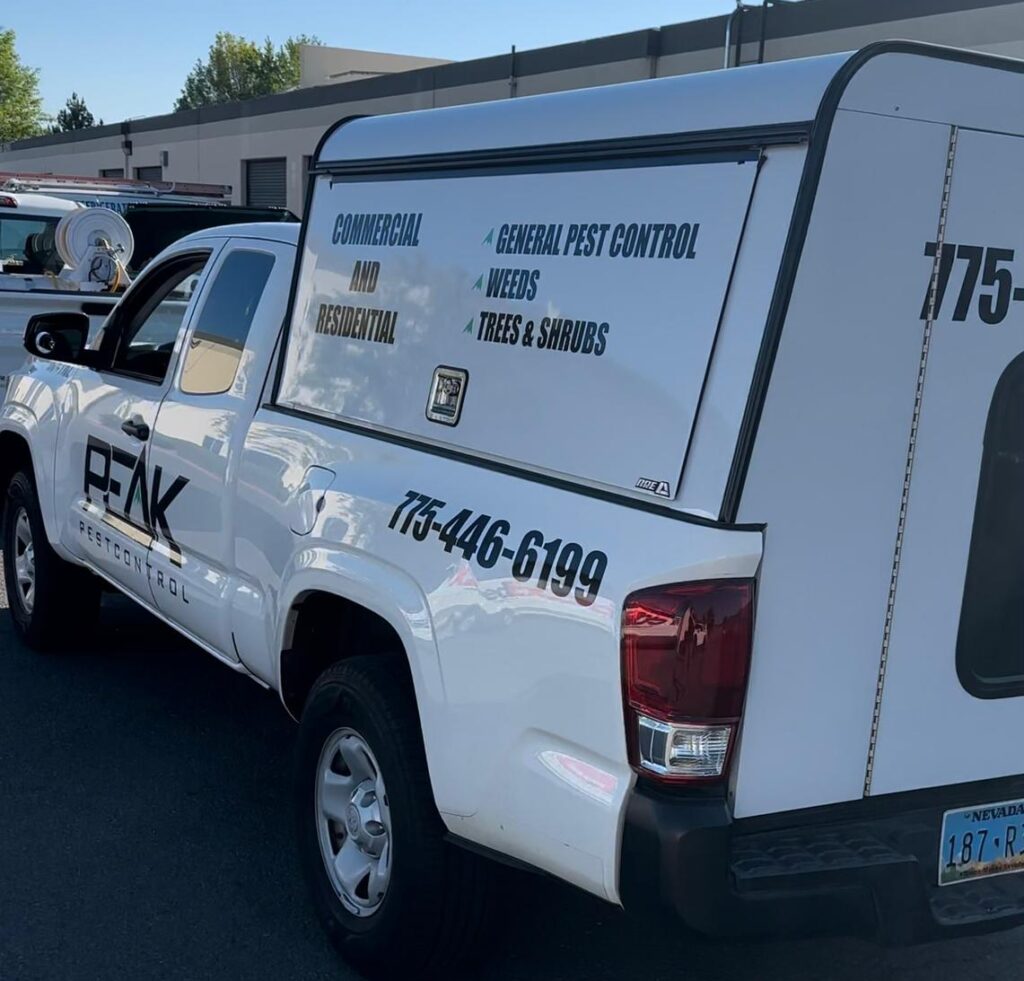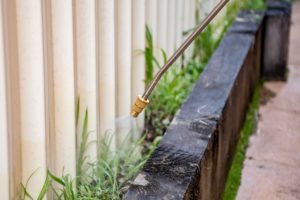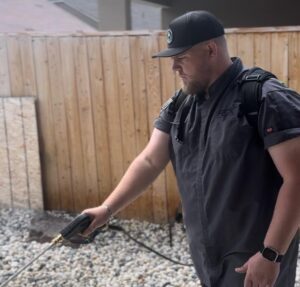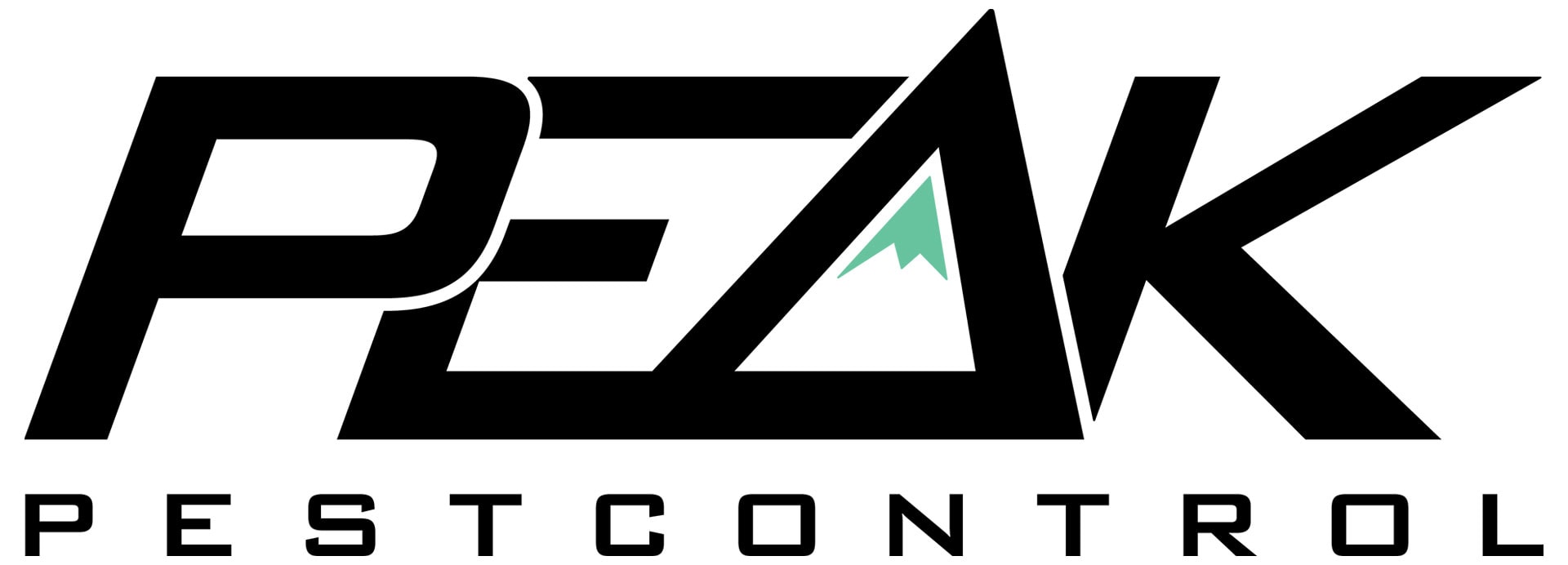Rodents can cause significant problems in homes if they find a way inside. Understanding how they get in is crucial to keeping them out. These small creatures are skilled at squeezing through tiny spaces and can quickly turn your home into their own. Let’s look at the most common entry points rodents use to invade properties and how you can secure them.
1. Cracks and Gaps in Walls
Even a small crack in your walls can be enough for a rodent to get through. Rodents can squeeze through openings as small as a quarter-inch. Inspect your walls, especially in basements or attics, and seal any visible gaps with caulking or steel wool.
Why This Matters
Rodents often use cracks to create their own hidden passages. These areas also provide excellent hiding spots for them once inside your home.
2. Openings Around Doors and Windows
Doors and windows that don’t close properly or have damaged seals are prime entry points. Weather stripping or worn-out seals can leave small gaps that rodents can exploit.
How to Fix It
Inspect your doors and windows regularly. Add door sweeps to the bottoms of exterior doors and repair or replace damaged seals.
3. Holes Around Utility Lines
Pipes, cables, and utility lines enter your home through small openings in walls. Rodents can easily squeeze through these gaps, gaining access to the inside of your property.
Prevention Tips
Seal gaps around utility lines with expanding foam or metal mesh. These materials make it harder for rodents to chew their way through.
4. Roof Vents and Chimneys
Rodents, especially rats and squirrels, are excellent climbers. They can use overhanging tree branches or drain pipes to access your roof. Once there, vents and chimneys provide easy entry.
What You Can Do
Install vent covers and chimney caps to block access. Trim tree branches that are too close to your roof to remove climbing pathways.
5. Gaps in Foundations
Foundation gaps are another way rodents can enter your home, particularly in older properties where the foundation has begun to wear.
Securing Your Foundation
Inspect the base of your home for any cracks or holes and repair them immediately. Use concrete patches or heavy-duty sealants for long-lasting results.
Preventing Rodent Problems
To reduce the risk of a rodent infestation, be proactive. Regular inspections and sealing potential entry points are crucial steps. Professional rodent control services can also help you secure your home effectively.
Simple Maintenance Tips
Keep your property clean and free of clutter, which can attract rodents. Store food securely to avoid tempting these pests. Take the time to check your home’s exterior for weak points at least once a season.
Expert Solutions to Rodent Entry Points for a Safer Home
Rodents are opportunists, and small gaps in your property can be all they need to get inside. Addressing these common entry points is the best way to keep your home safe and rodent-free. By sealing cracks, securing doors and windows, and maintaining a clean environment, you can protect your property from these unwanted guests. Taking preventive action now can save you time, effort, and stress in the future.
Secure your home with Peak Pest Control! Our skilled team eliminates rodent risks by targeting entry points and protecting your property. Don’t wait—schedule your free inspection today and experience a safer, pest-free home with solutions you can trust!










